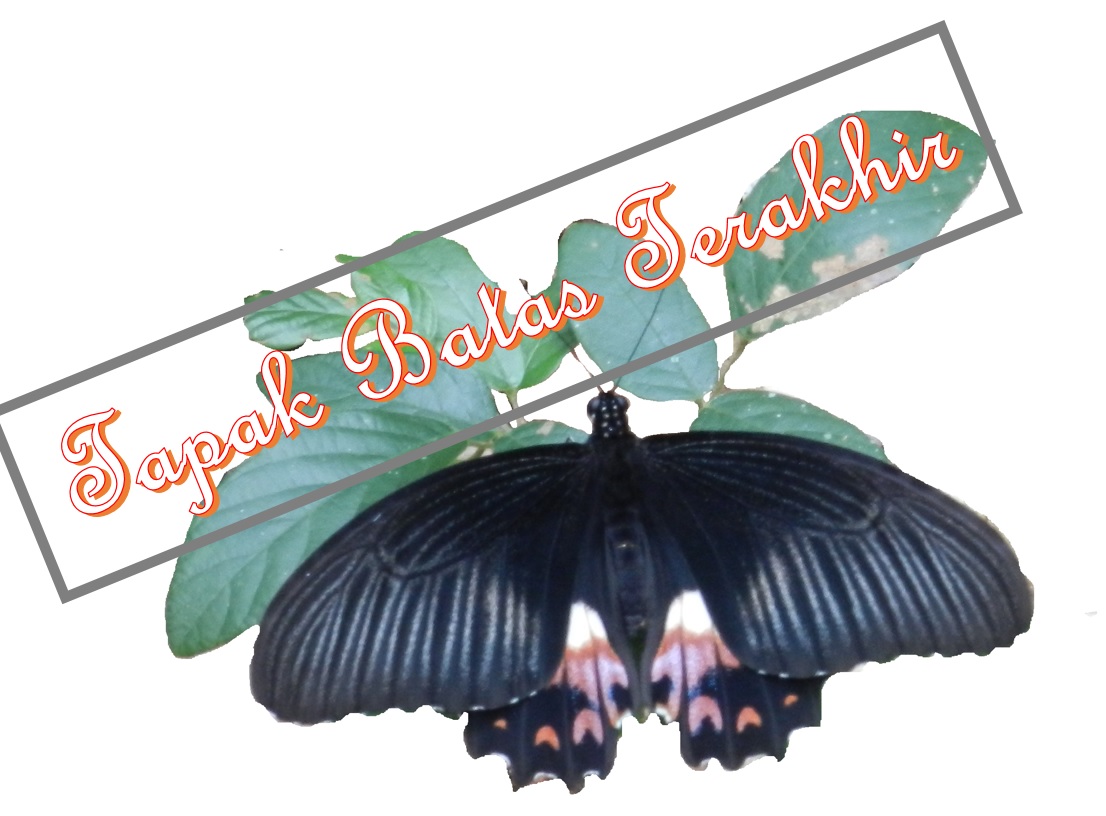In Manokwari, 18 - 20 August 2016 Bentara Papua (local NGO based in Manokwari) in collaboration with Samdhana Institute and supported by Good Energies Foundation facilitated intensive training to understand A - Z of village forests policy and facilitation requirement. The overall objective of this 3 days training was to build a complete understanding and knowledge about village forests scheme and sets up collaborative ways forward of field activities in Sira and Manggroholo - South Sorong. Eko Dharmawan the village forests facilitator whose been working in this policy and facilitation since 2010 with Flora and Fauna International (FFI) taking a lead of all the process and discussion in Bentara Office. Join in this training the representation from Sira and Manggroholo - the two villages in West Papua that continuously working with Bentara Papua, Green Peace and Samdhana Institute on village forests facilitation. They includes: the head of two villages, the field facilitator Mr Arkilaus Kladit, chief of village forests management body (LPHD) of both villages.
Both Sira and Manggroholo have got the legal designation areas through Ministry of Forestry Regulation (SK Menhut) in 18 September 2014 that cover total areas of 3,545 ha. Recently they are waiting for the governor Decree about forests management licenses that submitted in May 2016 to secure the legally of Long Term Village Forests Management and its implementation. Mr. Herman Remetwa the head of Community Development units at Forestry Department of West Papua Province in his session mentioned that it licenses is now in the table of legal unit at Government office and expected to be released by September before the ministry of forestry decree ended. In addition he added that it is a time to build a productive collaboration to help community in Sira and Manggroholo as model for West Papua. Forestry Department at provinces level will puts on program and their budgets to co-partnering in supports this initiative so this bridge of activities are a positive momentum to connecting the program.
Eko was comprehensively shared the knowledge that written in the village regulation and experience he and FFI gots from Kalimantan. Some keys component he was presented were:
- Definition and principle values of villages forests and it relevant to Sira and Manggroholo contexts. He summarizing the detail norms with keys prerequisites that each facilitator should understand about village forests.
- Long term management plan of village forests (RPHD) includes the ways how village management body (LPHD) how take a lead of the process in the ground. Making sure that the plans are properly developed based on specific potential products in the villages are the core. The plan should also clearly describe the business plans and detail land zoning arrangement.
- Forests products uses, marketing and their legal contexts in village forests scheme
- Social consolidation by the community - taking case from Kapuas Hulu that he facilitating. It is going well because community is doing this policy seriously and lead the process on the ground
- Collaboration with keys government units. Specifically the roles of Ministry of Forests, Forestry Department at Province/District and Village development units at provinces and district. Eko is also shared the possibilities of access fund through village fund that since last year have been distributed.



 Natural Sago Plots in Kais South Sorong, West Papua
Natural Sago Plots in Kais South Sorong, West Papua  Sago for local Foods, Traditional extraction by IPs in Kais, South Sorong - West Papua
Sago for local Foods, Traditional extraction by IPs in Kais, South Sorong - West Papua






